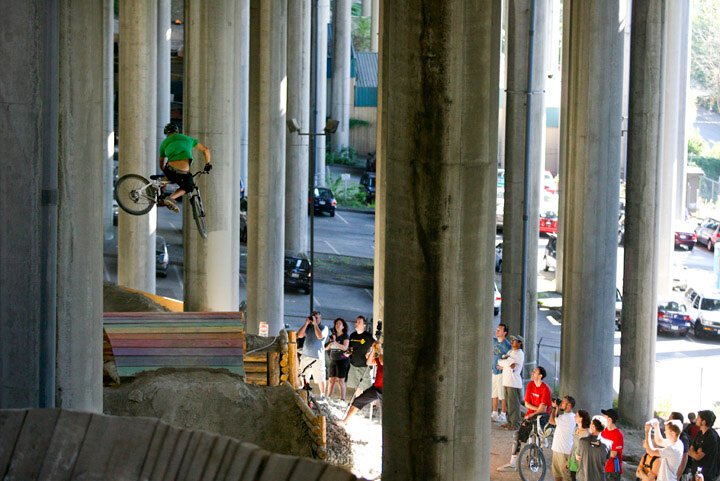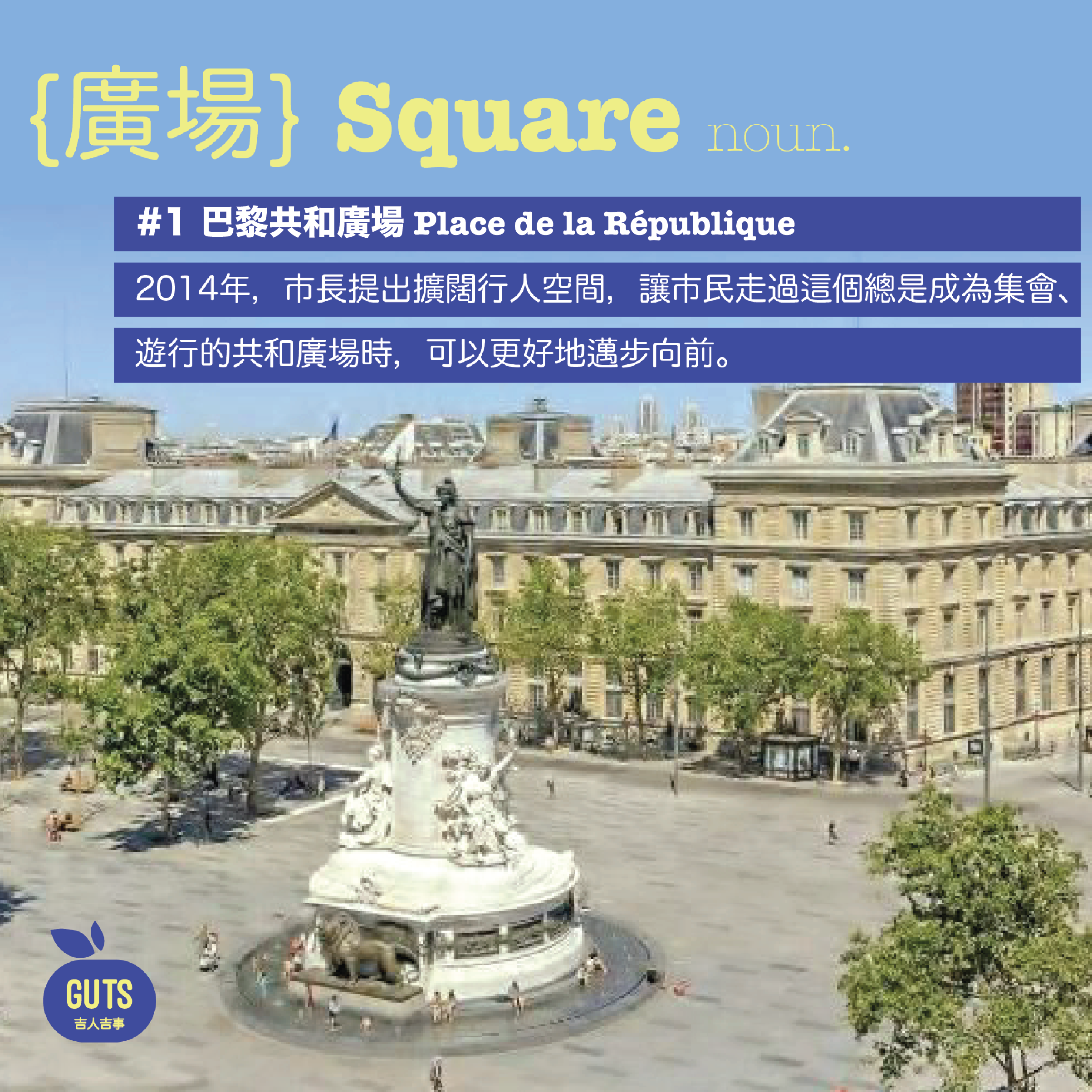Minecraft吉事:社區設計,從人人砌積木開始|GUTS IN MINECRAFT: Social design starts with building blocks










上一篇文章提到,愈來愈多吉人如建築師、非牟利組織、城巿規劃師等,投入「城巿遊戲化(urban gamification)」——他們認為「遊戲」可改變社會,令歐洲街頭出現不少實驗設計,例如變成大型鋼琴鍵的梯級、以一煙蒂一票表達想法的煙蒂投票箱等。不過,這些遊戲化設計的限制是往往需要適合的地方、空間,而隨著科技網絡愈來愈發達,近年陸續出現以虛擬遊戲作為切入點,改造真實的城巿生活。
有名的方塊遊戲Minecraft,正是從虛擬遊戲入手,讓一般人也能透過遊戲,參與設計真實社區的經典例子。Minecraft在面世之初,本是一個像在電腦熒幕中砌積木的遊戲,可砌出建築物與城巿,後來逐漸超越純粹為娛樂的遊戲範疇,成為學校老師的教學工具,甚至是建築師、城巿規劃師做設計的工具。2013年,瑞典政府與聯合國人類住區規劃署(UN Habitat)開展名為「Block by Block」項目,由專家帶領居民一同重新設計社區中的公共空間,當中的設計工作坊就用上Minecraft作為工具,讓社區設計毋須只靠用筆和尺做繪圖,用砌積木的遊戲令社區設計變得容易上手。Block by Block至今已推展到37個國家,共有超過25,000人參與改造社區。
虛擬遊戲還可以作為城巿管理的工具。波士頓巿政府認為,「只有當城巿是由全民所創造,城巿也才有能力提供全民的服務」。正如在香港,不少社區問題如行人過路處不足、垃圾回收點不足等,首先都由居民向區議員反映,政府部門才知道社區需求,所以,公眾愈主動、參與率愈高,才可更有效率改善城巿問題。不過,如何動員公眾、讓公眾主動發現問題、而不是偶然遇上問題才匯報,是不少城巿管理者遇到的問題。於是,波士頓巿政府船遊戲公司合作,結合IG等社交平台,定期推出城巿任務,例如通報路面坑洞、參觀公立圖書館、為巿政府樹木澆水等,每次完成任務可獲點數、徽章,甚至有機會與巿政府官員虛擬擊掌慶祝,鼓勵更多公眾跨平台參與社區。
除了建造更好的城巿生活,遊戲還可以拯救生命。2008年,美國華盛頓大學推出「Foldit」遊戲,解決了研發愛滋病藥物的重大困難——自1981年發現愛滋病後,科學家一直希望破解病毒的其中一種蛋白質結構,但始終找不到方法,於是,華盛頓大學的團隊推出Foldit,玩家可透過摺疊、組合蛋白質分子,設計新的蛋白質分子,只要找出一個符合生物化學理論、而且最可行的分子結構就可獲高分。結果,遊戲推出後,超過24萬人參與遊戲,10日內就找出方案、讓研發藥物上有重大突破。
回望香港,不少吉人總為城巿規劃的落後感到沮喪和無力。如果我們摒棄傳統想法,嘗試自行開發遊戲,與公眾一嘗共同設計城巿、匯集更多創意設計,由下而上推動更好的城巿規劃,可以想像,這將會是有無限可能性又有建設性的遊戲!
相片來源:網上圖片
地點 : 瑞典、美國、英國、香港
Last post we mentioned ‘urban gamification’ is trending among architects, NGOs and urban planners. Driven by the belief that games can make a difference, many fun, experimental designs popped up all around Europe – from gigantic keyboard staircase to cigarette butt ballot bins. These gamey designs, however, are still bound by location and space. But thanks to the ever-expanding virtual world, we’ve seen in recent years more and more virtual games that bring about substantial changes to urban life.
Meet Minecraft, a digital game that engages users in actual community building. Minecraft was nothing but a building block game that erects architectures and cities on the computer screen in the early days. The game eventually outgrew the entertainment realm and became a practical tool for teachers, architects and urban planners. In 2013, the government of Sweden joined hands with UN-Habitat for ‘Block by Block’, a programme for experts and citizens to redesign public space together. At one of the design workshops, Minecraft was used to replace pens, rulers and sketches – the game made community design very accessible. To date, the game is present in 37 countries, where over 25,000 players have partaken in community transformation.
Virtual games are also useful for urban management. Boston's municipality reckons a city can only serve its citizens when all citizens are involved to create it. Likewise in Hong Kong, it’s usually residents who are the first to notice and inform district councillors of community issues such as the lack of sidewalks or rubbish bins, before they appear on official departments' agenda. In other words, the more proactive and engaged the general public, the more efficient a city is at solving problems. But here comes the next question: how we can encourage the general public to dig out issues proactively rather than reporting issues they happen to stumble on.
To Boston, the answer lies in collaborating with game companies to release city missions via social media platforms like IG. From time to time, citizens are invited to report potholes, have a tour around public libraries, or even water common trees to earn points, badges or even opportunities to have a virtual high-five with government officials, encouraging the general public to take ownership of their neighbourhood.
Games do not only make a city a better place; they also save lives. In 2008, the University of Washington established a game called Foldit to solve a major challenge in developing AIDS drugs. Since the virus was discovered in 1981, all endeavours of scientists to crack one of its protein structures went fruitless until Foldit came to light. Through this game developed by the university, players designed new protein molecules by folding and assembling protein molecules. Those who managed to create the most viable molecular structure that matches biochemical theories win. Since the game was born, over 240,000 players joined the party and found a plan to achieve a significant drug development breakthrough in just 10 days.
Back to Hong Kong, many of us often feel frustrated, if not powerless, about our city planning's backwardness. If we can just let go of conventional concepts and develop our games to co-design our city with the general public, we might gather innovative ideas and build a better city from the bottom up. Possibilities are boundless if only we have a constructive game.
Photo source: Internet
Location: Sweden, USA, UK, Hong Kong
你可能對以下吉人吉事有興趣:
You may also be interested in these GUTS Stories:
















